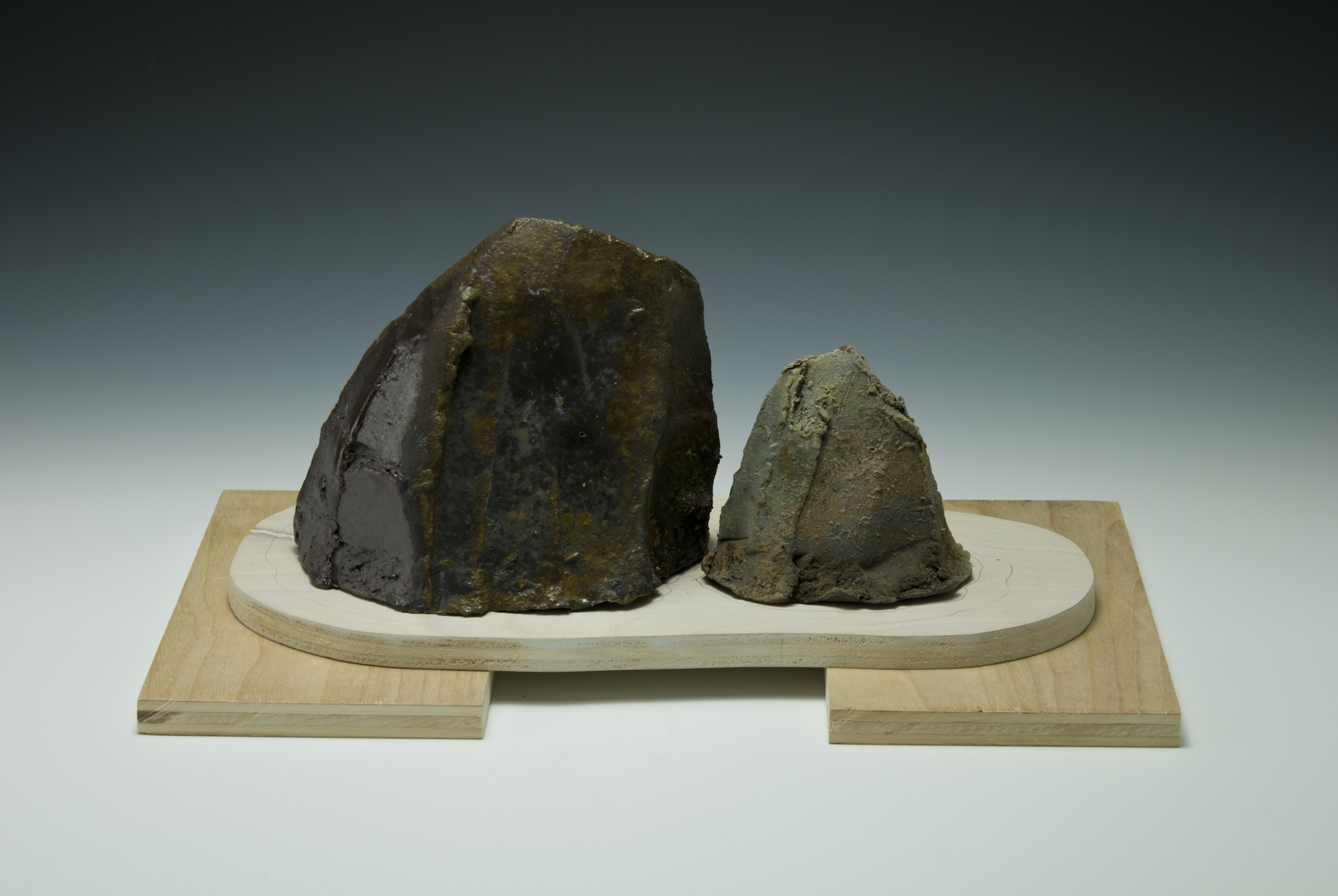Fred herbst / threestones studio
Fred Herbst is currently the Associate Dean of Instruction & Learning / Pre-Collegiate Programs at SUNY Dutchess Community College in Poughkeepsie, New York. He previously served as the Dean of the School of Arts, Education, Humanities, and Social Sciences at SUNY Rockland Community College in Suffern, New York. He also served as an Administrator and Professor of Art at SUNY Corning Community College. in Corning, New York Fred grew up near Green Bay and in Door County, Wisconsin, and went on to receive a BFA in Art with an emphasis in Sculpture/Metals from the University of Wisconsin at Stevens Point. He then attended the University of North Texas and earned an MFA in Ceramics.
Since 1994, Fred has worked primarily with woodfired stoneware, porcelain, and mixed media and his work has been shown across the country in a variety of exhibitions. He has presented at the Ceramics Program at Harvard University, the Glass Art Society, the National Council on Education for the Ceramic Arts, and two international woodfired ceramics conferences. He has published a number of articles in Ceramics Monthly, Studio Potter, and The Log Book: The International Publication for Woodfired Ceramics. His work has also been published in 500 Teapots Vol. 2 and Wood-fired Ceramics: 100 Contemporary Artists. Fred developed a unique hybrid woodfired ceramics and glassblowing kiln in collaboration with the Corning Museum of Glass. This design is used to fire ceramics and blow glass simultaneously and has been built at SUNY-CCC and the Domaine de Boisbuchet in France.
Artist Statement
My studio practice is often divided into a variety of themes and modes that influence and feed each other. My most recent utilitarian work has been dealing with new methods of construction and surface treatments. These pieces are designed in a variety of CAD software packages, 3d printed, and then molds are made of those shapes. Other shapes are created using wooden molds. Seam lines from the press-molding process and other textures are emphasized to give the viewer a non-traditional surface to experience and contemplate. Forms are often displayed in groupings that suggest that the best use for each object is as part of a gathering.
My mixed media sculptural forms deal with a variety of issues ranging from climate change, human alteration of the landscape, and “ownership” of our land. These constructions are meditations on the “earth bones” that we live on. In addition, some of the constructions bring together my interest in the mountain / stone / ice as a geological formation and the spiritual character often ascribed to these landscapes. The wooden structures represent a human imposed element of isolation, meditation, and a symbolic place to escape the troubled modern world. The ultimate goal is to draw the viewer in to the “enormous smallness” of the work in order to create an intellectual space for contemplation.
Regarding ceramic technical process, atmospheric firing and form alterations create dynamic surfaces that add another layer of interest to the objects. The wood-fired anagama and “glassagama” kilns I use were designed to allow for the most direct effects on the work. Clay bodies and specific shapes are selected for particular zones of each kiln to maximize the potential for dynamic patterns and coloration. Each piece is loaded in the kiln with concern for how the flame and ash produced during the firing will complete the long journey from idea to object.


























